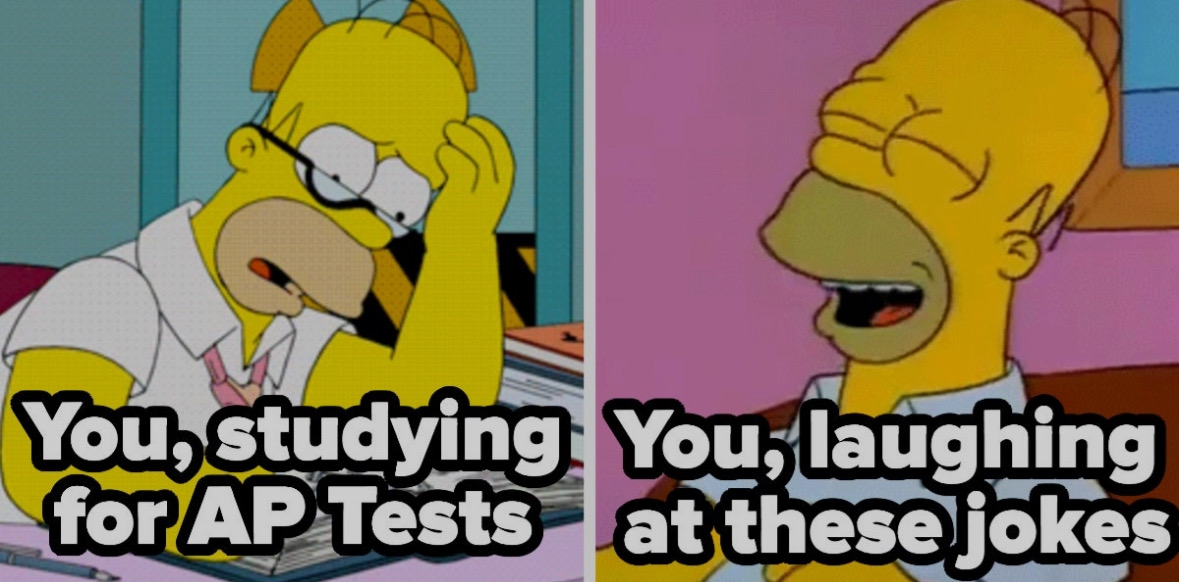Voter suppression is defined as the act of attempting to influence election results by discouraging or preventing specific groups of people from voting. The groups that are most often targeted by these acts are people of color such as Latino and Black people, women, disabled people, and youth. Perhaps voter suppression is not as inflammatory as acts of voter intimidation like bomb threats at polling places, or not as scandalous as acts of voter fraud like setting ballots on fire. But it’s a system that silently works to violate democracy by affecting disadvantaged groups’ ability to vote. So it’s an issue that deserves more public attention and advocacy for change.
Historical Voter Suppression
Voter suppression is not by any means a recent phenomenon. In the U.S. alone, it has been practiced ever since the ratification of the 15th Amendment in 1870, which supposedly guaranteed African American men’s right to vote. While this was a landmark amendment of the Constitution and a milestone in the fight for racial equality, Jim Crow disenfranchisement laws significantly undermined the desired effects. Poll taxes kept voting to the wealthy and disproportionately affected newly freed black people who had not achieved financial freedom yet. In addition, literacy tests limited voting to the educated, which barred black people who were prohibited from learning to read and write for generations from voting. Fifty years down the line in 1920, the 19th Amendment was passed, granting women suffrage on paper. The suffragettes’ efforts had finally come to fruition at last! However, what’s less known and discussed is the fact that women had to bypass a number of suppressive laws based on age, citizenship, residency, mental competence, etc. at the polling place.
Voter Suppression in 2024
Since the 2020 presidential election, over 700 new election laws have been enacted across the nation, which governed our most recent election this past month. Two swing states in particular, namely Georgia and North Carolina, tightened their reins on voting. This included measures such as requiring photo IDs for mail ballots, restricting the use of drop boxes, and giving partisan poll observers more power to listen in on conversations between voters and poll workers. What resulted is the ballot rejection rate skyrocketing and increased pressure on local/state officials to process hundreds of thousands of baseless mass challenges, a practice in which individuals file challenges to question the voting eligibility of groups of people, often people they don’t even know. The existence of this practice alone has the potential to deter eligible voters from voting because they fear that they may become a target of a mass challenge based on their identity.

A little-known fact is that gerrymandering, a political practice that entails intentionally manipulating borders of voting districts to favor one party over another, is also a form of voter suppression. That’s because, at its root, the goal is to make certain groups of people’s votes less influential by drawing borders that either disperse them over a large geographic area or concentrate them to a small geographic area. According to the Brennan Center for Justice, only 10% of all districts in the nation are competitive in the House of Representatives election due to gerrymandering. Specifically, aggressive gerrymandering in the Midwest and South was projected to give Republicans a 16-seat edge in the House.
Youth Voter Suppression
We see a trend that newly-eligible voters and voters in the 18-24 age group consistently have the lowest voter turnout. A lot of people attribute this to apathy within the younger generations, but that’s simply not the primary cause at play. According to The Civics Center, a youth voter empowerment nonprofit organization, only around 30% of 18-year-olds are registered to vote in the U.S., meaning that 2.8 million new eligible voters aren’t registered. This is because, on a national scale, high schools and local governments are not doing enough to properly inform these young adults about their voting rights and to ensure their access to registration locations. Here at the Law Magnet, we’re educated on election procedure and urged by staff to register to vote if eligible. Prior to the elections, there was a student-found organization called Gen-Z Votes in the commons, helping and incentivizing seniors to get registered. While we should be proud of the efforts of our school and Townview as a whole, we should also recognize that we’re unfortunately the exception and not the norm in this regard. We don’t live in a country that automatically registers its citizens as they become adults, or require states to designate high schools as voter registration agencies. However, we do live in a country where voting is a right and foundational to the functioning of democracy. So, let this be a reminder to continuously stay informed about elections at all levels, and make the effort to vote to counteract these efforts to silence your voice.
Sources
https://abcnews.go.com/Politics/timeline-voter-suppression-us-civil-war-today/story?id=72248473
https://www.brennancenter.org/our-work/research-reports/how-gerrymandering-tilts-2024-race-house
https://www.thecivicscenter.org/blog/voter-apathy-or-youth-voter-suppression
https://usafacts.org/articles/how-many-americans-vote-and-how-do-voting-rates-vary-state/






